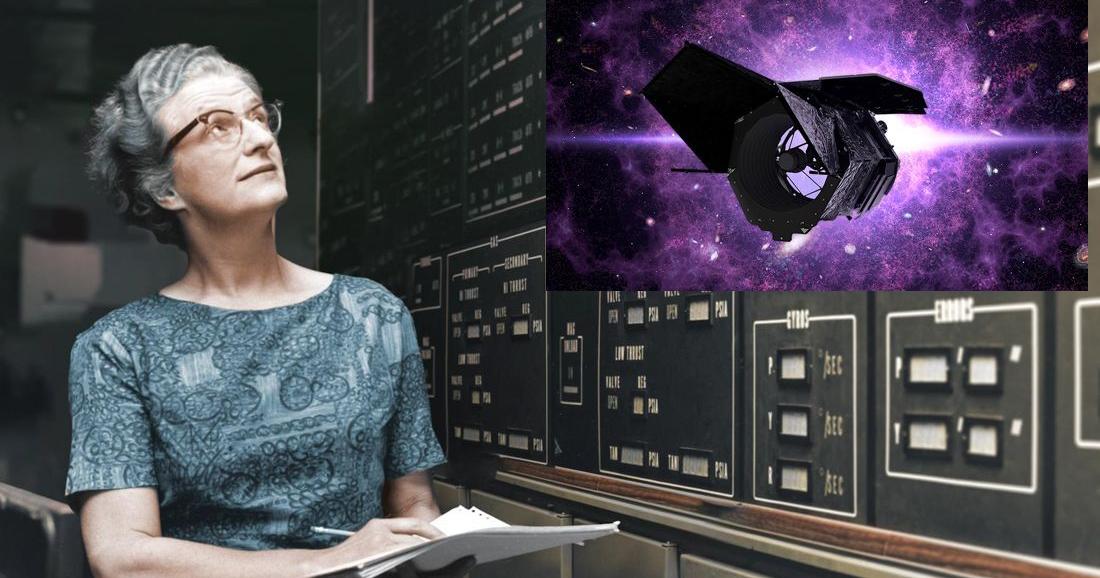
#inform-video-player-1 .inform-embed { margin-top: 10px; margin-bottom: 20px; }
#inform-video-player-2 .inform-embed { margin-top: 10px; margin-bottom: 20px; }
Space telescopes are big business and big news these days. A quick internet search shows that there have been almost 130 space telescopes out there, many of which are still working and returning lots of science data. Most of them you’ve probably never heard of — the unsung heroes of astrophysics. Some were not independent vehicles but rather science instruments that hitched a ride on other satellites or spacecraft, and are even installed on the International Space Station (ISS). Untold more are being dreamed about by engineers and scientists, and 13 are in various states of planning or assembly.
While we’re still completely enthralled by the current telescope superstars Hubble, Chandra and Webb we might as well take a look at what’s ahead, and one of the biggest buzz-generators out there is the Nancy Grace Roman Space Telescope. It was originally recommended by the United States National Research Council Decadal Survey committee in 2010, and it’s currently being assembled. In space mission approval timelines, this is a warp speed development! Many missions take decades of planning before they get to that point. Roman has a launch target date in 2027, and that’s coming up faster than we think!
The original name for the telescope was the Wide-Field Infrared Survey Telescope or WFIRST, and it went through a number of redesigns and even different orbits, before it was settled on a quasi-halo orbit around the Earth-Sun L-2 Lagrange point, like Webb, and the name was fixed on Roman.
So, who was Nancy Grace Roman anyway, and why was the telescope named after her?
The movie Hidden Figures did an awesome job shining the spotlight on female engineers and scientists working at NASA during a time when most people didn’t know there were women working in leadership positions at our nation’s space agency. It’s a good thing that these women finally get the public recognition they have always deserved. Nancy Grace Roman’s accomplishments are jaw-dropping — ideas that we now take for granted were in fact facilitated by her, such as space-based astronomy and unifying oversight of space research projects. Her ground-breaking research in stellar classification is still the basis of understanding of how stars populate and move within a galaxy.
Nancy Grace Roman drew up the first concept of the Hubble Space Telescope, and she fought for many years to get the scientific community to recognize the value of space-based astronomy on a massive scale. She’s often referred to as the Mother of Hubble. While there were space telescopes pre-dating Hubble, it was the first one to capture the public’s imagination, due to its flawed optical system and spectacular repairs, after which the world could never get enough of its mind-bogglingly beautiful images of our cosmos. Mind you, taking pretty pictures is but one tiny aspect of what Hubble does, and many space telescopes produce data that is never processed into images.
So what will the Roman telescope study? While some people refer to it as a successor to Hubble and Webb it very much does its own thing. Granted, it will also observe the universe in the infrared part of the spectrum, but its main purpose is to look at the big picture. Webb was designed to look a specific tiny targets that are very far away and Hubble can look at much larger portions of the sky, Roman will do the extreme wide view — it can look at an area a hundred times larger than what Hubble can, with the same resolution and clarity. This will give us spectacular views of large sections of the sky and show relationships between distant targets as well as the mysterious material in between, and it will speed up the search for and observation of exoplanets tremendously.
Roman will make great strides in the research on dark matter and dark energy. We know they exist due to their effects on the universe, but since they don’t interact with ordinary matter we have to explore them in a roundabout way, and the more we can study the effects the closer we can get to an idea of what we’re actually dealing with here.
The telescope will be rather large — about the size of Hubble, but while Hubble was ferried into space in the cargo bay of a space shuttle, Roman will make the trip into space on top of a SpaceX Falcon Heavy rocket — the same kind that boosted the Psyche spacecraft onto its billion mile journey to a metal world less than two weeks ago.
The space telescope has a fabulous web page up and running at https://roman.gsfc.nasa.gov/ and if you want to know more about Nancy Grace Roman check out https://en.wikipedia.org/wiki/Nancy_Roman — you’ll be amazed what you’ll learn about another Hidden Figure who deserves her own movie!
Beate Czogalla is the Professor of Theater Design in the Department of Theatre and Dance at Georgia College & State University. She has had a lifelong interest in space exploration and has been a Solar System Ambassador for the Jet Propulsion Laboratory/NASA for many years. She can be reached at [email protected]
#inform-video-player-3 .inform-embed { margin-top: 10px; margin-bottom: 20px; }
